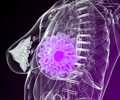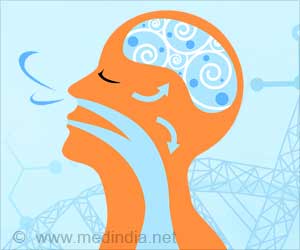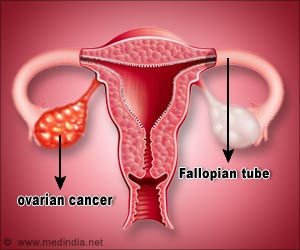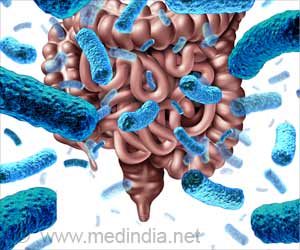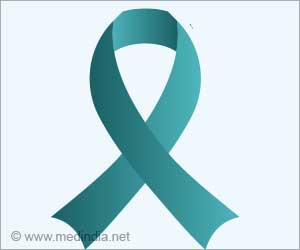As breast cancer is very rare in adolescents, an ultrasound examination may be enough to eliminate the need for biopsy in many teenage girls with breast lumps.

The researchers noticed that none of the lumps showed changes in appearance at the follow-up ultrasound, and all biopsied lumps were benign. They also studied other factors such as lump dimension, volume and volume change. The researchers concluded that if only those breast masses with a largest dimension greater than three cm and a volume change per month greater than 16% had undergone biopsies then the biopsies could have been reduced in 89% of girls in group one and 96% in group three of their patients.
Aruna Vade, professor at Loyola University Chicago Stritch School of Medicine, and also the lead author of the study, said, "These findings suggest that if at a follow-up breast ultrasound, if a benign appearing breast mass does not meet the combined criteria of largest dimension greater than three centimeter and volume change per month greater than 16% then it need not undergo biopsy."
The study is published in the Journal of Ultrasound.
Source-Medindia










